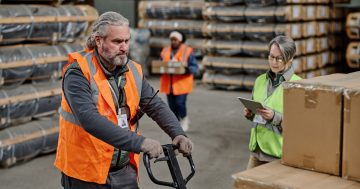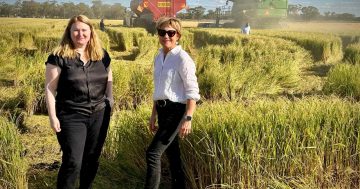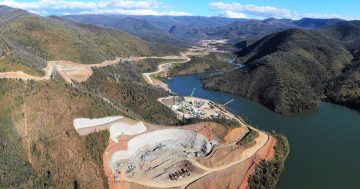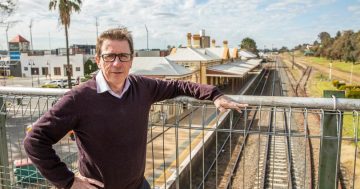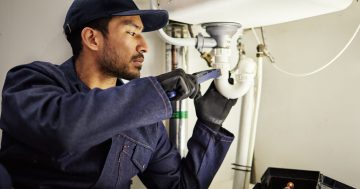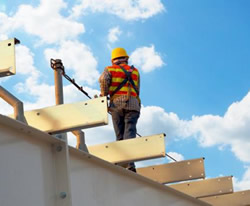 SafeWork NSW is joining forces with WorkSafe Victoria to promote workplace health and safety on construction sites in their annual cross border initiative.
SafeWork NSW is joining forces with WorkSafe Victoria to promote workplace health and safety on construction sites in their annual cross border initiative.
Construction Services, Regional Director at SafeWork NSW, Laurence Richey said the initiative would see inspectors visit worksites in the Albury-Wodonga region to help local construction employers keep on top of the latest safety advice and regulations.
Mr Richey said that since 2018, WorkSafe had accepted 303 injury claims from workers exposed to deadly crystalline silica dust, with 13 reported fatalities, while SafeWork NSW had had 268 Silicosis cases, with 17 reported fatalities.
“Falling from heights is another big killer in the construction industry, with 14 fatal falls in Victoria and 16 in NSW since 2018,” Mr Richey said.
“In NSW, 3,929 injury claims were accepted from construction workers who suffered a fall from height from financial years 2016-17 to 2020-21,” he said.
“Victorian construction workers also accounted for almost a third of workers injured in falls, making up 2,046 of the 7,044 claims accepted by WorkSafe since 2018.”
Mr Richey said there were increasing pressures to complete construction work quickly and the potential for shortcuts to be taken, which could result in serious incidents.
“We are currently experiencing the ‘perfect storm’ in the construction industry for risk taking due to project delays, inflation, and skills and materials shortages,” the Regional Director said.
“Visiting SafeWork Inspectors will be paying particular attention to silica dust exposure and work at heights safety, the number one cause of traumatic fatalities in the NSW building and construction industry,” he said.
“They will also be focusing on basics such as site fencing and amenities housekeeping to help keep everyone onsite safe.”
Mr Richey said that in the lead-up to the blitz, a free trade breakfast for workers and employers would be held on Friday (17 March), with representatives from SafeWork and WorkSafe available to discuss construction-related hazards impacting workplaces along the border.


